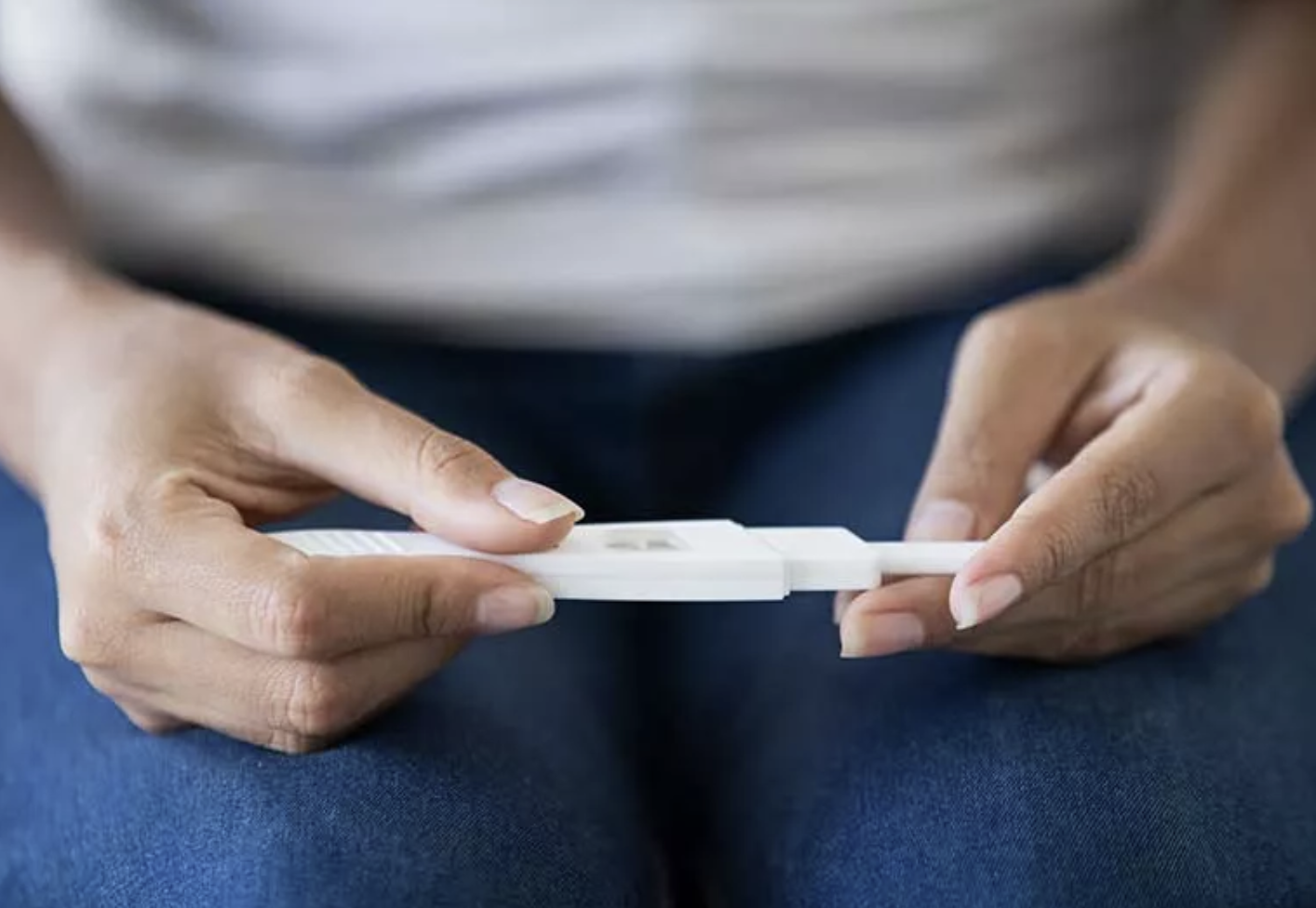
5 Times You Should Visit a Healthcare Provider in Person

When considering telehealth, you might wonder, “When do I actually need to see a provider in person?” It’s a great question! Telehealth is a fantastic option for many healthcare needs, such as starting or renewing birth control prescriptions, getting tested and treated for STIs, and even handling UTIs or vaginal infections. However, there are still times when in-person visits are necessary to ensure you get the best care.
Here are five situations where an in-person visit is required:
1. To get an IUD, implant, or the shot (or to have an IUD or implant removed)
Many birth control options, like the ring, patch, and pill, can be started via telehealth. Some options, like condoms, spermicide, fertility awareness, and withdrawal, don’t require a provider’s visit at all. However, for IUDs, implants, or the birth control shot, you’ll need to see a provider in person. You’ll also need to see a provider to have your IUD or implant removed. Note that there’s a form of the shot called SubQ Depo that you can give yourself at home with a smaller needle. But for the regular Depo-Provera shot, you’ll need an in-person visit.
2. To treat recurring or hard-to-treat infections
While telehealth is great for testing and treating STIs, UTIs, yeast infections, and bacterial vaginosis, if you’re dealing with an infection that doesn’t clear up with treatment or comes back, it’s time to see a provider in person. If you’ve never had a UTI or vaginal infection before, it’s also better to visit in person for diagnosis and treatment to ensure you’re addressing the issue correctly.
3. For most abortions
Most abortion procedures require an in-person visit to a healthcare provider. However, there is a study called “TelAbortion,” which is available in certain states, that allows you to receive the abortion pill by mail. Just The Pill, available in Minnesota, also provides abortion pills via telehealth.
4. For your Pap smear
A Pap smear, which tests for cell changes on your cervix that could lead to cervical cancer, is not something that can be done through telehealth (though home testing for HPV, which increases cervical cancer risk, is available through services like Nurx). Pap smears are generally recommended every three years, but depending on your individual health, you may need them more frequently. If you’re due for one and worried about in-person visits because of COVID-19, ask your provider if it’s safe to delay until after you’ve received the vaccine.
5. To diagnose certain conditions like PCOS or endometriosis that require more extensive testing
Telehealth is excellent for managing chronic conditions, allowing you to follow up on medication dosages and symptoms. However, diagnosing conditions like PCOS, endometriosis, or fibroids requires physical exams, blood tests, ultrasounds, and possibly surgery. These can’t be done remotely and will require in-person visits. If you’re dealing with ongoing symptoms of any chronic condition, starting with a telehealth consultation is a good idea. Your provider will let you know if you need to visit in person for further evaluation.
While telehealth is convenient, there are still times when you’ll need to put on pants and head to the doctor’s office. But that’s okay because telehealth and in-person care can work together to give you the best possible health experience.





